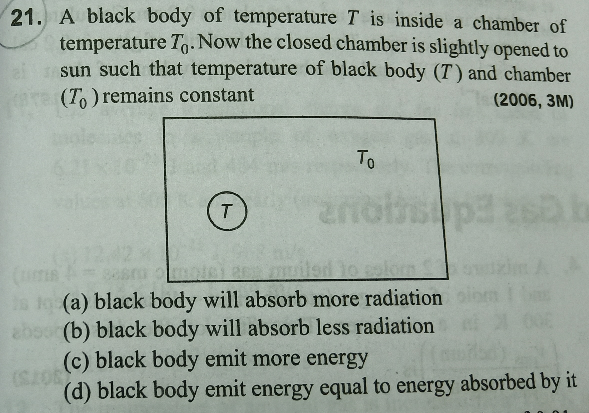
AllQuestion and Answers: Page 1517
Question Number 59393 Answers: 1 Comments: 6
Question Number 59389 Answers: 2 Comments: 0
Question Number 59380 Answers: 1 Comments: 0

Question Number 59378 Answers: 2 Comments: 0

Question Number 59377 Answers: 2 Comments: 0
Question Number 59381 Answers: 0 Comments: 3
Question Number 59366 Answers: 1 Comments: 0
Question Number 59401 Answers: 1 Comments: 0
Question Number 59400 Answers: 1 Comments: 0
Question Number 59361 Answers: 2 Comments: 6
Question Number 59349 Answers: 0 Comments: 0

Question Number 59347 Answers: 1 Comments: 7

Question Number 59346 Answers: 0 Comments: 0

Question Number 59344 Answers: 2 Comments: 0
Question Number 59338 Answers: 1 Comments: 1

Question Number 59336 Answers: 1 Comments: 0
Question Number 59335 Answers: 0 Comments: 0

Question Number 59326 Answers: 1 Comments: 1
$${sin}\:{cos}^{−\mathrm{1}} \left(−\sqrt{\left.\mathrm{3}/\mathrm{2}\right)}\right. \\ $$
Question Number 59323 Answers: 1 Comments: 0

Question Number 59316 Answers: 2 Comments: 0

Question Number 59313 Answers: 1 Comments: 0
$$\mathrm{c}+\mathrm{6}×\mathrm{t}\:\:\mathrm{c}=\mathrm{3}\:\:\mathrm{t}=\mathrm{5} \\ $$
Question Number 59305 Answers: 2 Comments: 0
Question Number 59301 Answers: 1 Comments: 4

Question Number 59295 Answers: 1 Comments: 0
Question Number 59287 Answers: 1 Comments: 0
Question Number 59282 Answers: 1 Comments: 1
Pg 1512 Pg 1513 Pg 1514 Pg 1515 Pg 1516 Pg 1517 Pg 1518 Pg 1519 Pg 1520 Pg 1521
